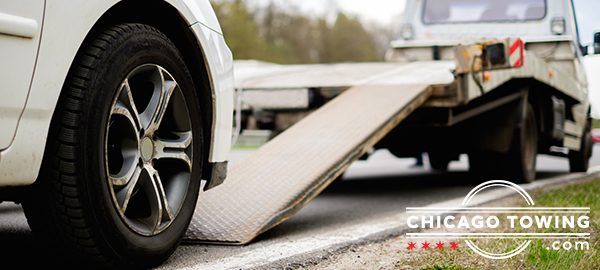Here at Chicago Towing, we know the in’s and out’s of every single aspect of light, medium, and heavy duty towing service. In this short blog post, some of our expert licensed towing technicians will explain what a winch, an essential piece of towing equipment, does in the field to help tow and recover all sizes of vehicles.
Use of Winches
Winches are meant to lift vehicles along with cables, ropes, and chains that wrap around a drum that’s cranked either with a motor or with a machine. Winches recover vehicles – or even sometimes animals or people – from off-road situations, or even areas like mountains or rivers. Tow trucks have winches on the back, and they can rapidly recover vehicles from all sorts of strange and obstructed areas.
What scenarios call for winch recovery?
Some scenarios that call for winch recovery include:
- Vehicle breakdowns
- Abandoned cars found on the road
- Towing vehicles
- Car wrecks
- Vehicles stuck in mud or dirt or sand
- And much more!
Winch Strength
Winch strength capacity is associated with 1.5 of a vehicle’s gross weight. The logic follows that if your car is 6000 pounds, the winch recovery capacity should be 9000 pounds. The strength of a winch cable also is associated with how many layers of winching cables are wound around the drum – the more layers there are, the lower the pull power. Pull power is also affected by cable, chain, or rope length – since the more material there is, the more risk of it getting damaged, snagged, or bunched together. It’s essential that during the winchign process that the rope or cable is fed straight and wraps in a clear line around the drum. A skilled professional towing technician, like those at Chicago Towing can effectively use winches to recover all types of vehicles from all types of scenarios according to these delicate technical stipulations.

